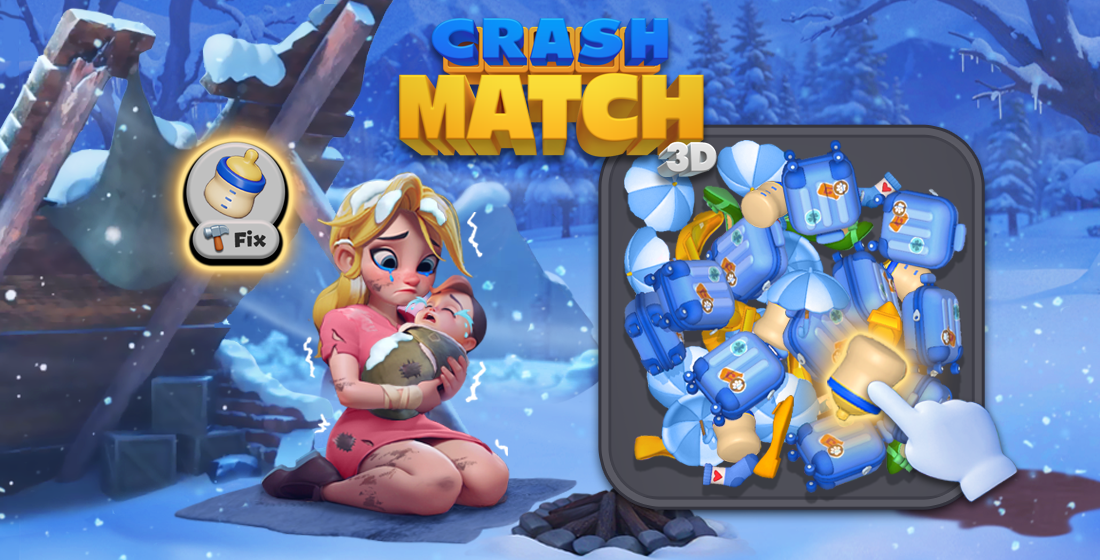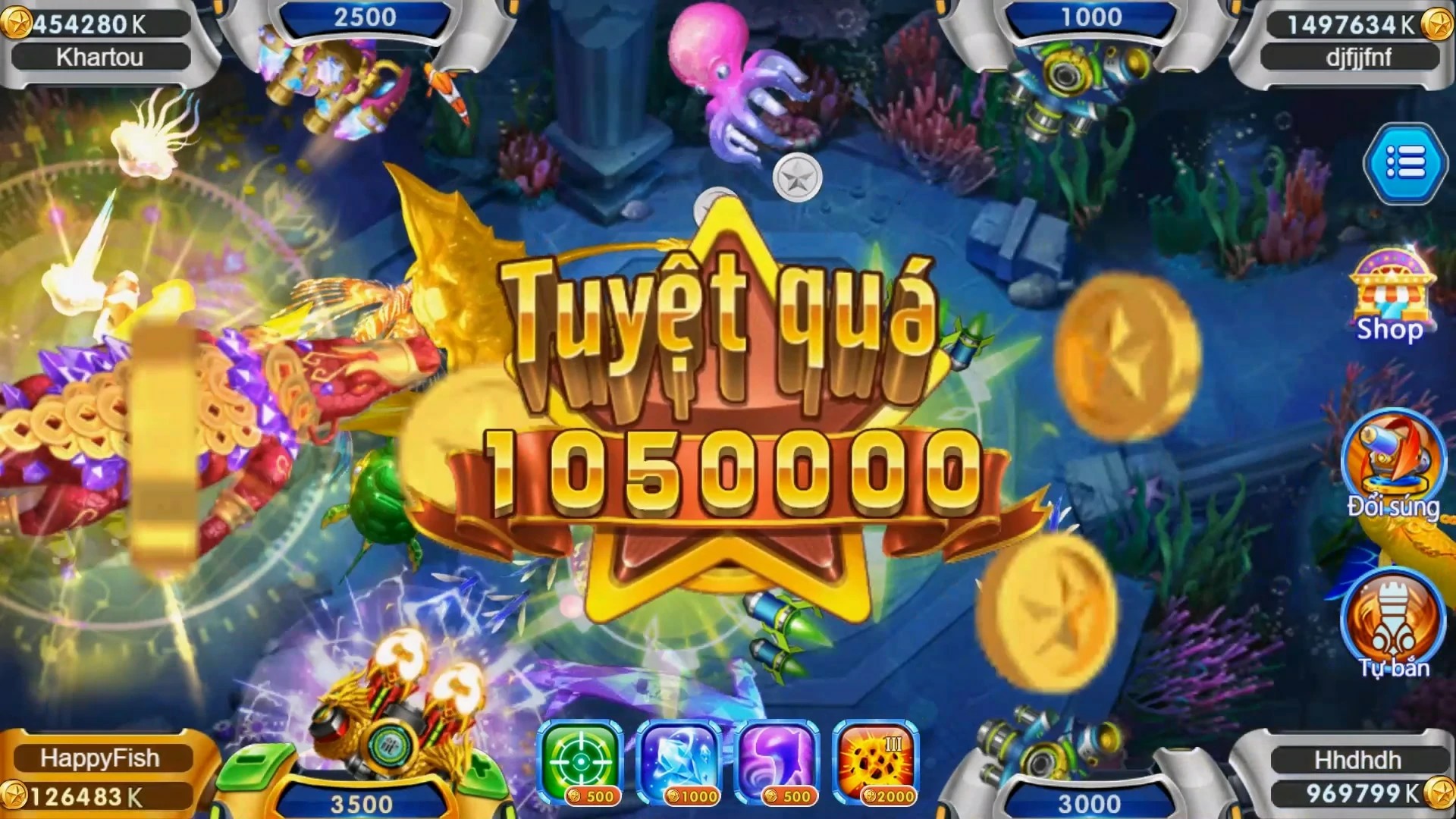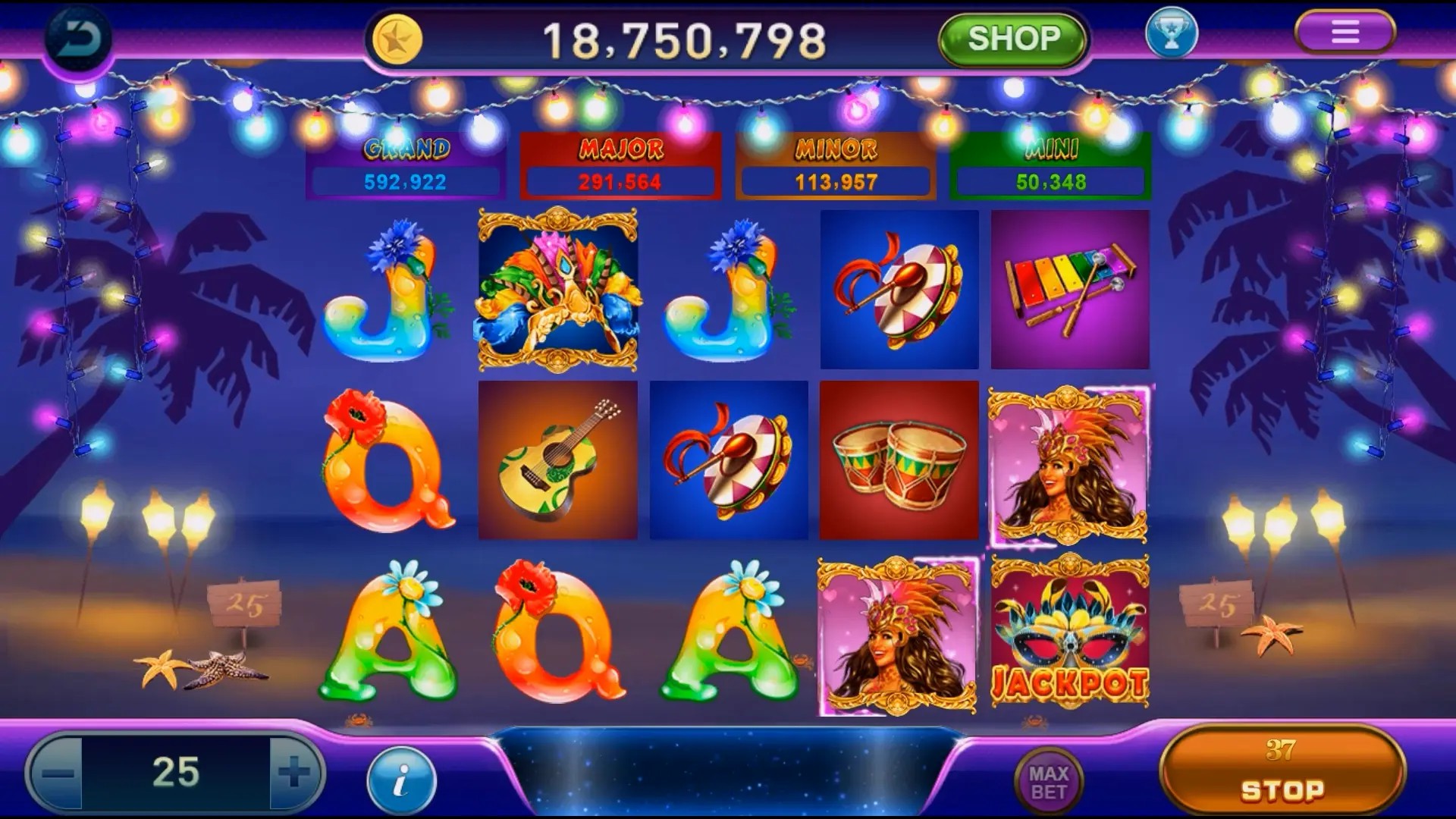Why Casual Multiplayer Games Are Taking the Gaming World by Storm
In recent years, the gaming landscape has witnessed a seismic shift towards casual multiplayer games. These games, designed for quick play sessions and ease of accessibility, are attracting diverse audiences, including those who have never considered themselves gamers. But why is this trend sweeping through the gaming world? Let’s dive into the key factors contributing to this phenomenon.
The Rise of Casual Gaming
Casual games, by their very nature, are designed to be simple and accessible. Unlike traditional video games that often demand hours of investment and immense skill, casual games allow players to hop in and out within minutes. This is particularly appealing in today’s fast-paced world. Think about the popularity of titles like Agar.io and Among Us, which became overnight sensations. The allure lies not just in gameplay, but in social interaction.
- Quick access to games
- Less time commitment compared to traditional games
- Social engagement and multiplayer features
Social Connectivity: The Heart of Multiplayer Games
At the core of the casual multiplayer experience is the emphasis on social connectivity. Players are no longer just competing against artificial intelligence; instead, they’re engaging with friends and strangers across the globe. Whether it’s teaming up for a battle in a mobile game or competing against someone at a local cafe, this connection fosters a sense of community.
Multiplayer features provide that extra layer of enjoyment. With titles like EA Sports FC 25 Web App, players can interact with friends and create a competitive atmosphere, making even the casual gamer feel like a champion.
Accessibility on Multiple Platforms
Another significant factor contributing to the rise of casual multiplayer games is the accessibility across various platforms. Players can join in from their mobile devices, computers, or consoles, creating a seamless experience. This cross-platform functionality not only widens the audience but also enhances the gameplay as diverse gamers come together.
Consider the table below, which highlights the most popular casual multiplayer games across different platforms:
| Game Title | Platform | Key Features |
|---|---|---|
| Agar.io | Web, Mobile | Simple mechanics, online multiplayer |
| Fall Guys | PC, Console | Colorful graphics, fun competitions |
| Among Us | Mobile, PC | Social deduction, teamwork |
| Fortnite | PC, Mobile, Console | Battle Royale, party mode |
Incorporating Elements of Competition
Casual multiplayer games also incorporate competitive elements, engaging players to strive for high scores or in-game achievements. These features keep players returning for more, as they inch closer to their next milestone. The blend of casual gameplay with competitive aspects transforms these titles into an engaging experience.
The Impact of Community and Updates
Now, consider how communities around casual multiplayer games enhance the experience. Players form bonds, share strategies, and celebrate victories together. Developers often respond to communities with regular updates, ensuring the game remains fresh. This creates an ecosystem of players who are heavily invested in the game and its updates.
Here's a list of how community impacts casual games:
- Active forums for strategy-sharing
- Influencer marketing and streamers popularizing games
- Community events fostering engagement
The Future of Casual Multiplayer Gaming
As gaming technology advances, we can anticipate even more innovative casual multiplayer experiences. Imagine augmented reality games that blend physical interaction with online gaming. The potential here is limitless, and the gaming community is eager to embrace what comes next.
Conclusion
In summary, the surge in popularity of casual multiplayer games can be attributed to their accessibility, social connectivity, and community engagement. As they continue to evolve, these games are set to captivate audiences even further, bringing together players from all walks of life. This vibrant and inclusive aspect of gaming signals not just a fleeting trend, but a significant evolution in how we connect and play together.



